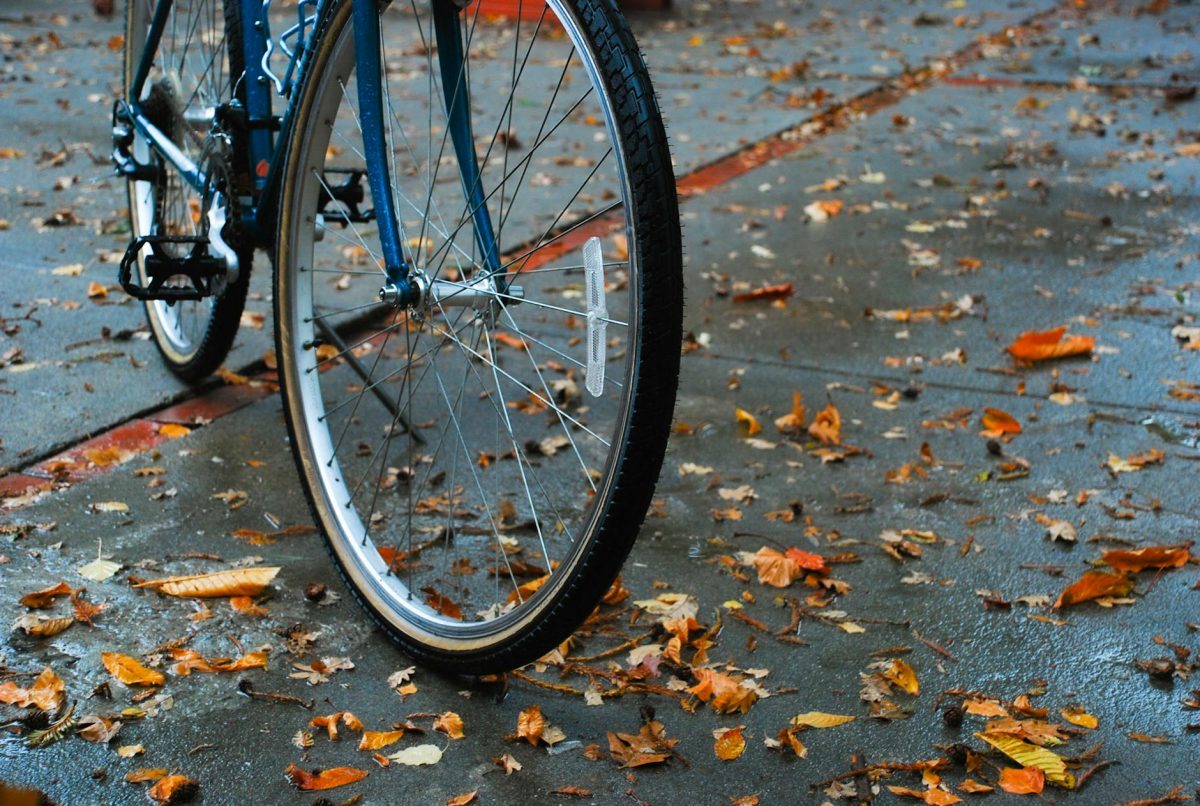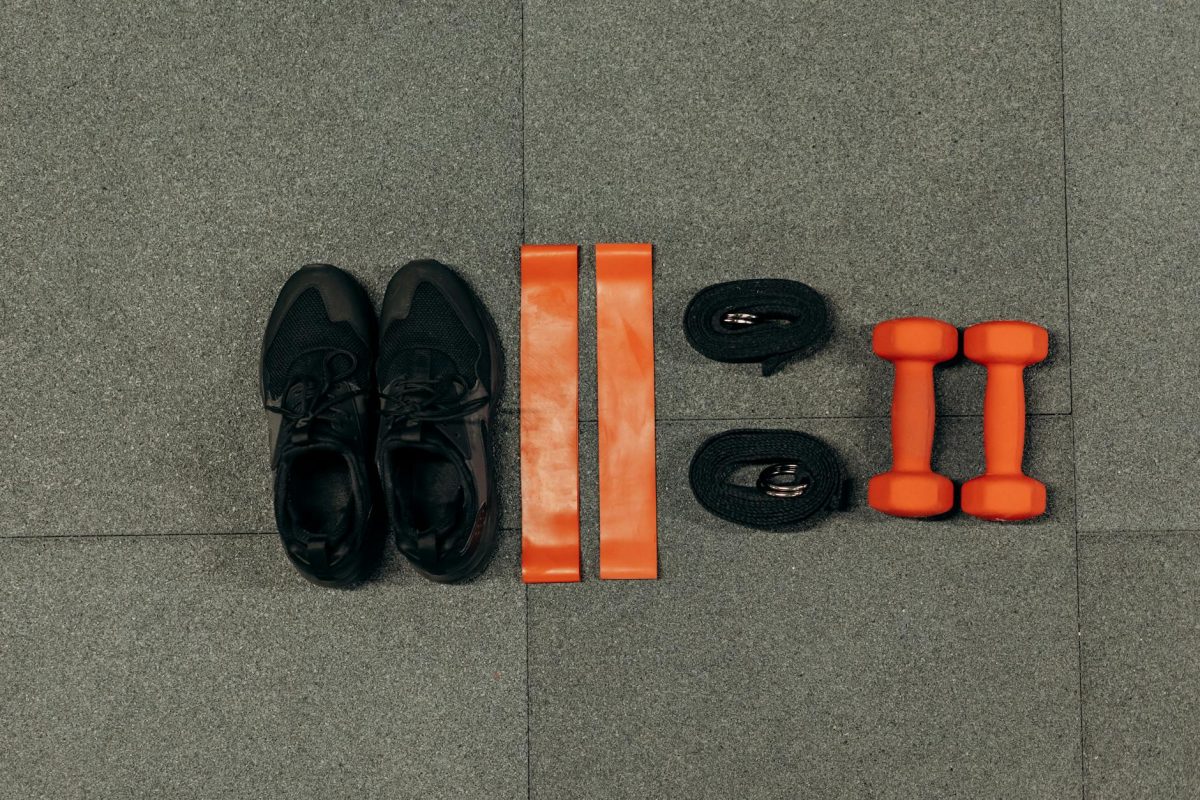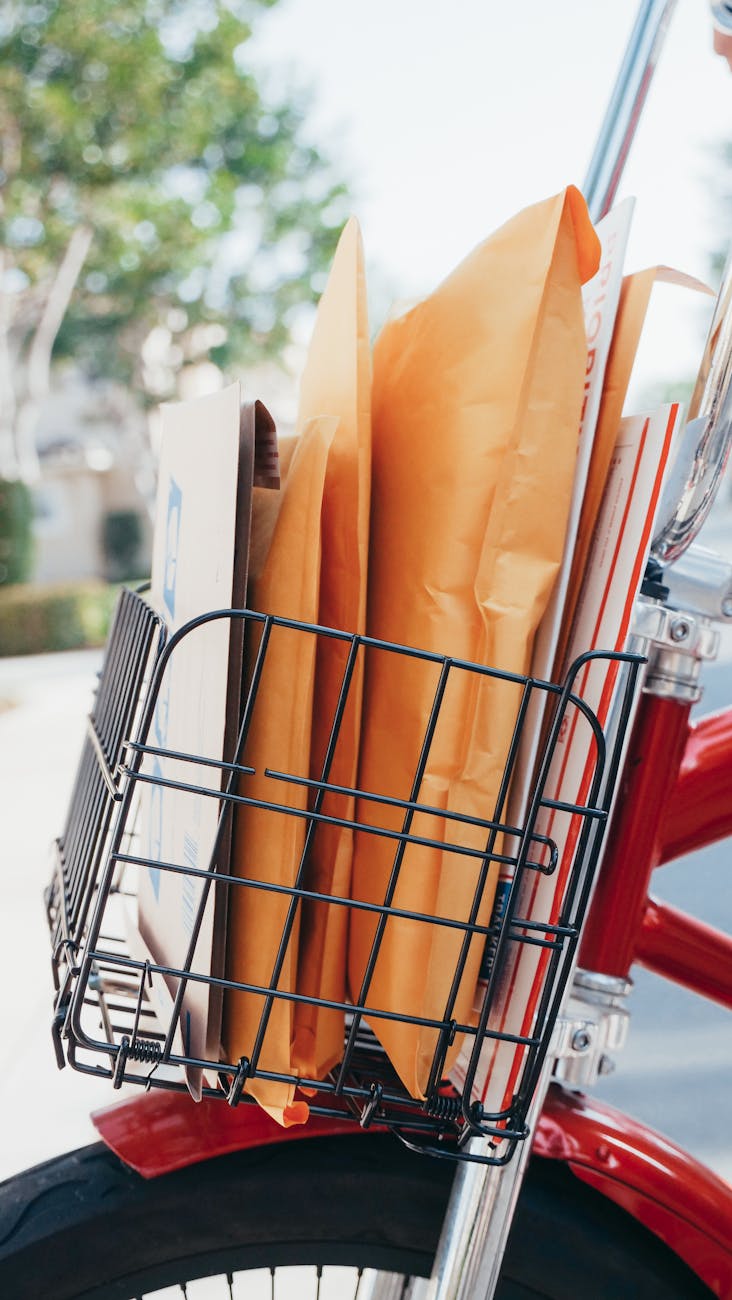Fueling Your Ride: The Best Pre and Post-Ride Nutrition for Cyclists
Cycling is not only a fantastic way to stay active and enjoy the outdoors, but it also provides numerous health benefits. Whether you’re a casual rider or a seasoned cyclist, ensuring that you fuel your body properly before and after your ride is crucial for performance, recovery, and overall health. In this article, we will explore the best pre and post-ride nutrition tips to help you maximize your cycling experience.
Pre-Ride Nutrition: Powering Up for Peak Performance
Preparing your body with the right fuel before a ride can make a significant difference in your performance and endurance. The key is to consume a balanced meal that provides the necessary energy without causing discomfort during your ride. Ideally, your pre-ride meal should be rich in carbohydrates for easily accessible energy, moderate in protein to support muscle function, and low in fat to aid digestion.
Some excellent pre-ride meal options include oatmeal topped with fruits and nuts, whole grain toast with nut butter, or a smoothie packed with bananas, berries, and a scoop of protein powder. It’s also essential to stay hydrated by drinking water or a sports drink before hitting the road. Aim to eat your pre-ride meal at least one to two hours before cycling to allow for proper digestion and absorption of nutrients.
Snack Smart: Fueling Mid-Ride
For longer rides or intense training sessions, it’s essential to refuel with easily digestible snacks to maintain energy levels and prevent bonking. Portable snacks like energy bars, bananas, trail mix, or energy gels can provide a quick burst of energy when you need it most. Be sure to pack these items in your jersey pocket or saddlebag for easy access during your ride.
Post-Ride Recovery: Replenishing and Repairing Muscles
After a challenging ride, your body needs nutrients to repair muscles, replenish glycogen stores, and promote recovery. Refueling within 30 minutes to an hour after your ride is crucial to maximize this recovery window. A post-ride meal or snack should include a combination of carbohydrates and protein to kickstart muscle repair and replenish energy stores.
Great post-ride meal options include a protein smoothie with fruits and yogurt, a turkey or veggie wrap with whole grain bread, or a quinoa salad with grilled chicken and vegetables. Additionally, don’t forget to hydrate with water or a recovery drink to replace lost fluids and electrolytes.
Hydration: The Key to Performance and Recovery
Staying hydrated is vital before, during, and after your ride. Dehydration can impair performance, hinder recovery, and lead to fatigue and cramping. Make sure to drink water regularly throughout your ride and consider using a sports drink that contains electrolytes for longer rides or hot weather conditions. After your ride, continue to hydrate to help your body recover and rehydrate effectively.
Conclusion
Proper nutrition is a cornerstone of cycling performance and overall well-being. By fueling your body with the right nutrients before and after your ride, you can optimize your performance, enhance recovery, and enjoy a more satisfying cycling experience. Remember to experiment with different foods and timing to find what works best for your body. With the right fuel, you’ll be ready to conquer any ride that comes your way. Happy cycling!




